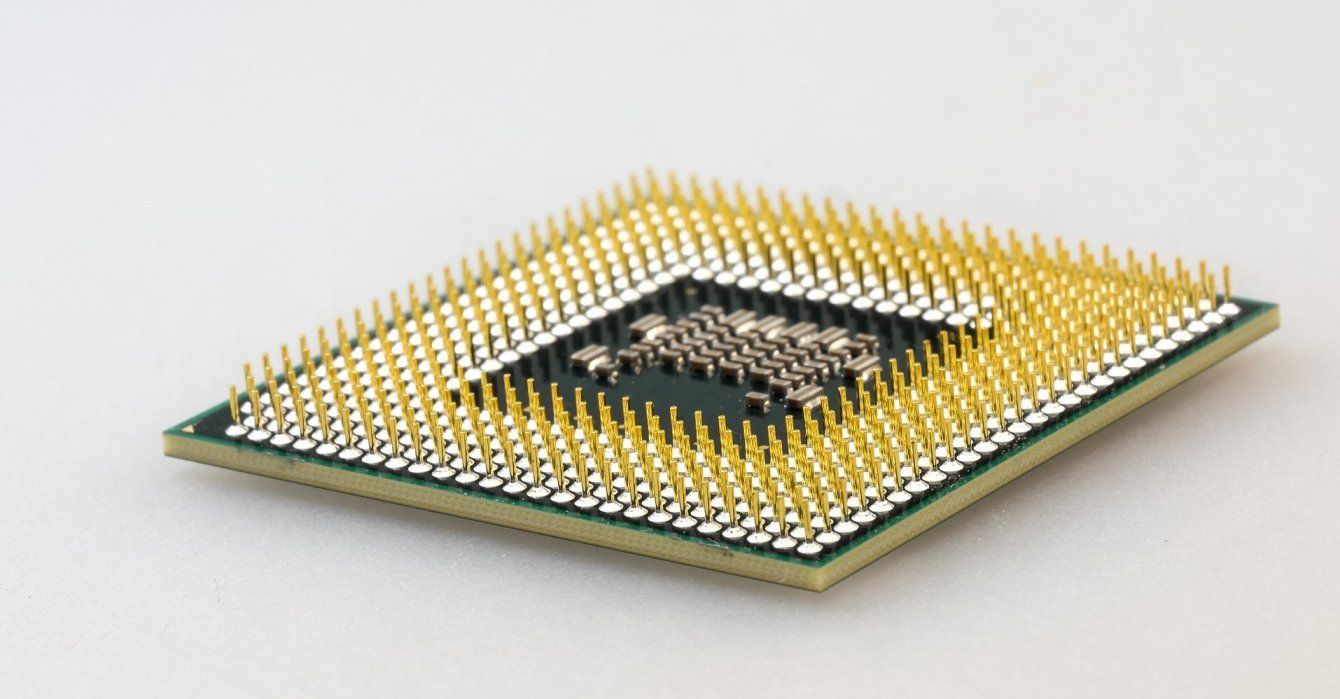Such rapid development comes with its own risks, and keeping these developments secret is crucial for maintaining a competitive edge. However, little attention has been paid to the danger of theft of photonics databases. Unlike legacy CMOS circuits, advanced processes and photonics components are still evolving as companies develop and refine their technology. Foundries and circuit designers have invested huge sums in photonics R&D, and losing this advantage through lax security could be catastrophic. A hostile competitor could gain all the secret sauce if they were to obtain a photonics PDK or circuits that were built using one.
Cybersecurity in photonics design is essential at both a corporate and national level. Its role in critical infrastructure, including AI, quantum computing and laser-based defense, makes it a prime target for cyber threats, espionage and sabotage as the next generations of technology evolve. Unauthorized access to the files that detail components and circuits can compromise sensitive data, disrupt operations, and weaken national defense. Protecting this data is critical for maintaining competitive advantages, and strengthening security.














